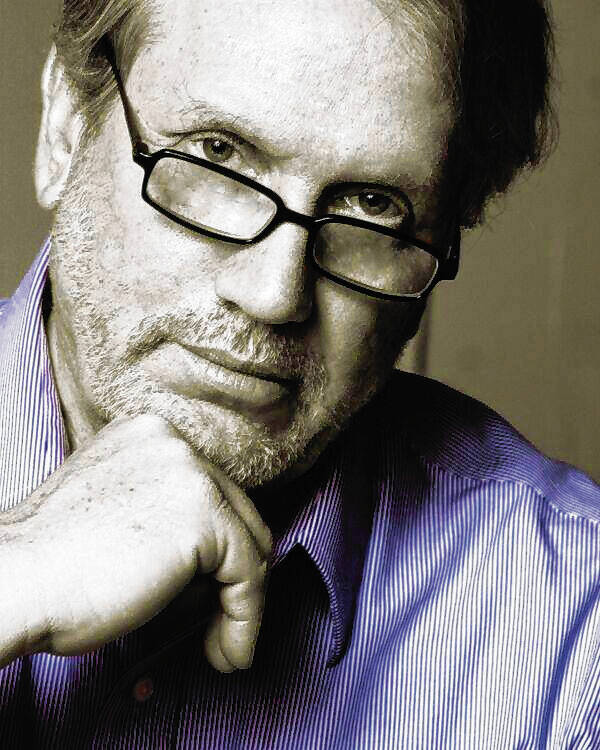Last week, Politico broke the story of a leaked SCOTUS draft opinion that by a 5-4 margin terminated Roe v. Wade, which has legalized abortion over the past 49 years.
“We hold that Roe and Casey must be overruled,” wrote Justice Samuel Alito. “It is time to heed the Constitution and return the issue of abortion to the people’s elected representatives. Roe was egregiously wrong from the start. Its reasoning was exceptionally weak, and the decision has had damaging consequences. And far from bringing about a national settlement of the abortion issue, Roe and Casey have enflamed debate and deepened division.”
When the Dobbs ruling out of Mississippi is officially announced this summer, Gov. Eric Holcomb will almost certainly call a special session of the General Assembly and Indiana is expected become one of 26 states to outright ban abortions. This will likely preclude the traditional carve-outs that had allowed abortion in the case of rape, incest or if the life of the mother is in peril.
“The vast majority of House Republicans, including myself, have been abundantly clear that we want to take action to further protect life should the U.S. Supreme Court overturn, in full or in part, Roe,” Republican House Speaker Todd Huston, R-Fishers, said in a statement Tuesday. “We will continue to await the court’s final decision.”
“I have a hard time being the person that’s part of taking of a life,” Holcomb said on Wednesday. “And I’ll review the decision that has impact on that.” Holcomb said a special session is “obviously on the table,” but said there are “a lot of ifs, ands and what-ifs” that potential legislation will look like.
The outright outlawing of all abortion will bring more children into our state. I was curious about how the children already with us are doing, so I read the 2022 Kids Count Data Book published by the Indiana Youth Institute.
Indiana is home to the 14th largest population of children nationally, with more than 1.57 million children younger than 18 residing, including 51% who were males and 49% females. Some 4.5% of Indiana’s population identify as LGBTQ+, and 34% of the LGBTQ+ population has children.
According to the Indiana Department of Health, the number of abortions in Indiana grew by 119, or 1.6%, to 7,756 during 2020. That increased number remained below the some 8,000 performed in 2018, Indiana’s highest number since 2014.
Indiana ranks 36th in the United States in kid’s health, with 8.2% of babies born with low birthrate in 2019. In 2020, some 101,618 Hoosier children did not have health insurance – or 6.3%. However, Indiana is higher than the U.S. rate for children without health insurance, which was 5.1% in 2020. Indiana ranks 40th in the nation for children without healthcare; it is also the lowest-ranked state for children without health insurance compared to our neighboring states: Michigan (10th), Illinois (18th), Kentucky (20th), and Ohio (24th).
Indiana’s 2020 infant mortality rate was 6.6 per 1,000 live births and there were 527 deaths. Black infants were more than twice as likely to die before their first birthday (13.2 per 1,000) than White infants (5.5 per 1,000) and Hispanic/Latino infants (6.0 per 1,000). The infant mortality rate stood at 5.26 in Illinois, 6.23 in Kentucky, 6.5 in Michigan and Ohio, and 3.8 in Massachusetts. In Canada it was 5, in Cuba 5.8, in Germany 3.9, in Japan 2.8, in Russia 10.5 and in Mexico 18.4.
The report states upfront that “Indiana’s overall child well-being ranking has stayed consistent at 29th since 2019.” Overall, Indiana ranks third best among neighboring states with Illinois (21st), Michigan (28th), Ohio (31st), and Kentucky (37th).
If medically-supervised abortions are going to be banned, the question here is: What will Hoosier leaders do to protect those children arriving from the womb?





